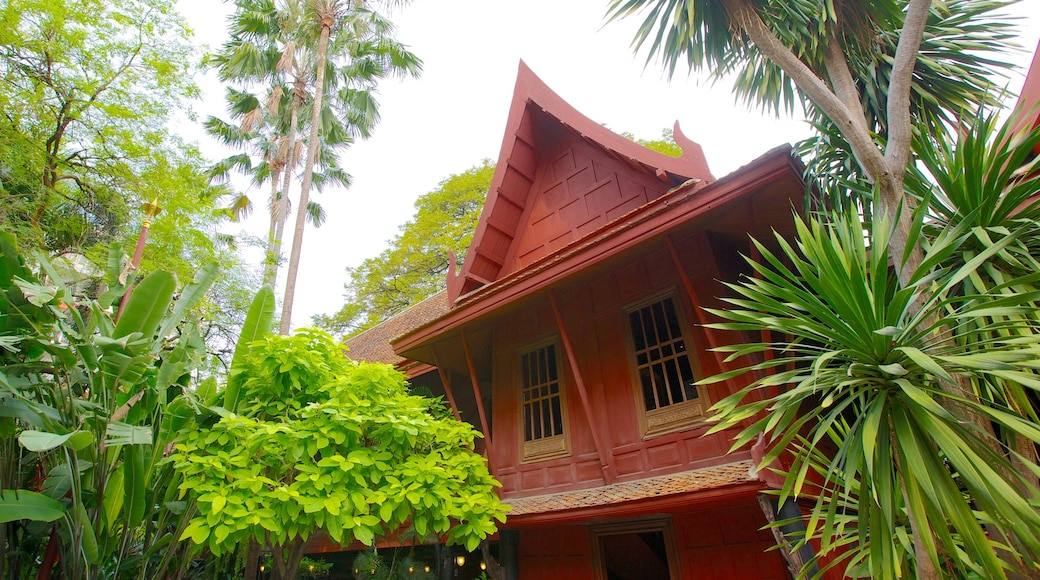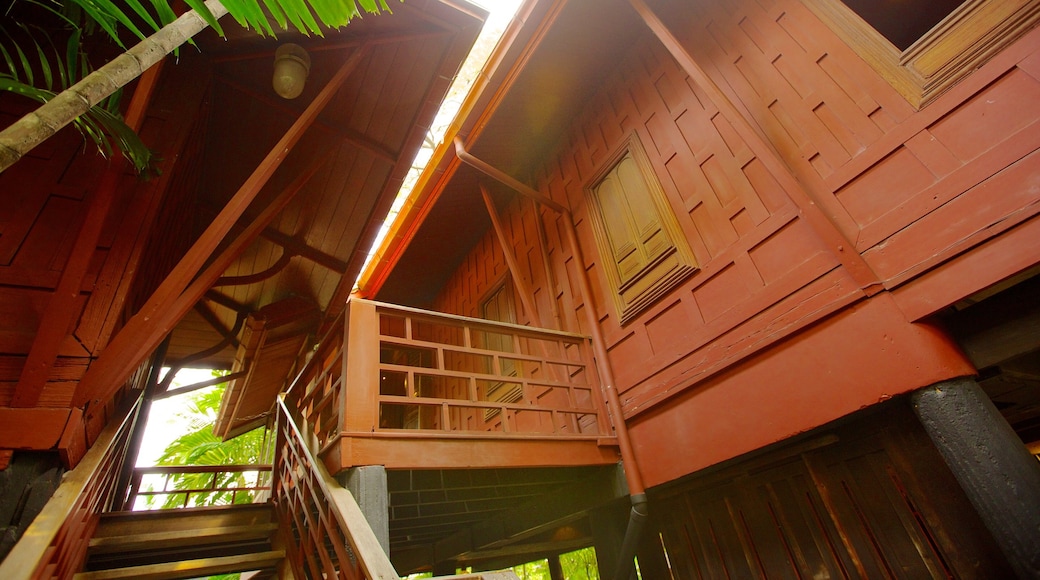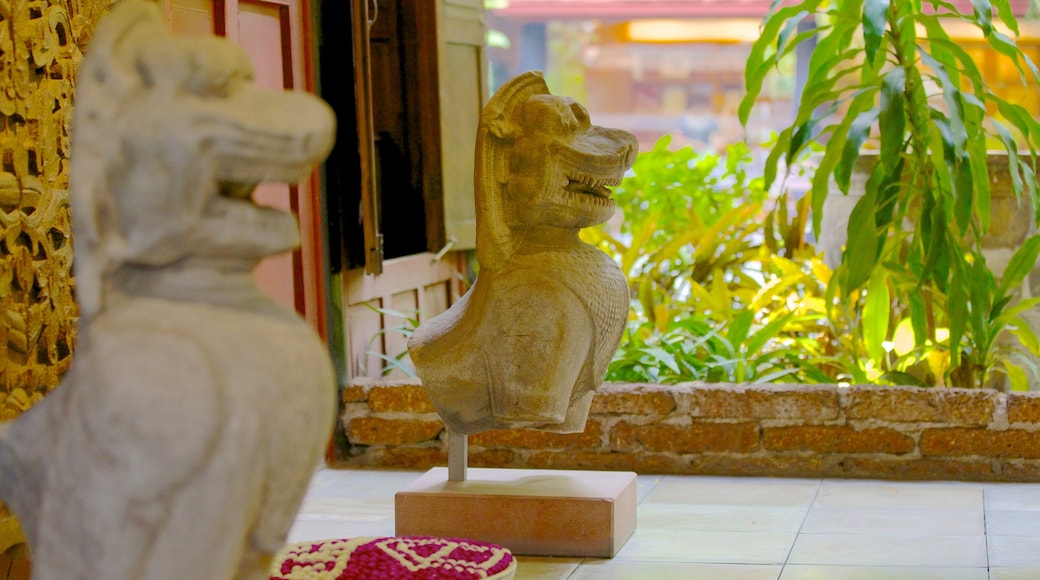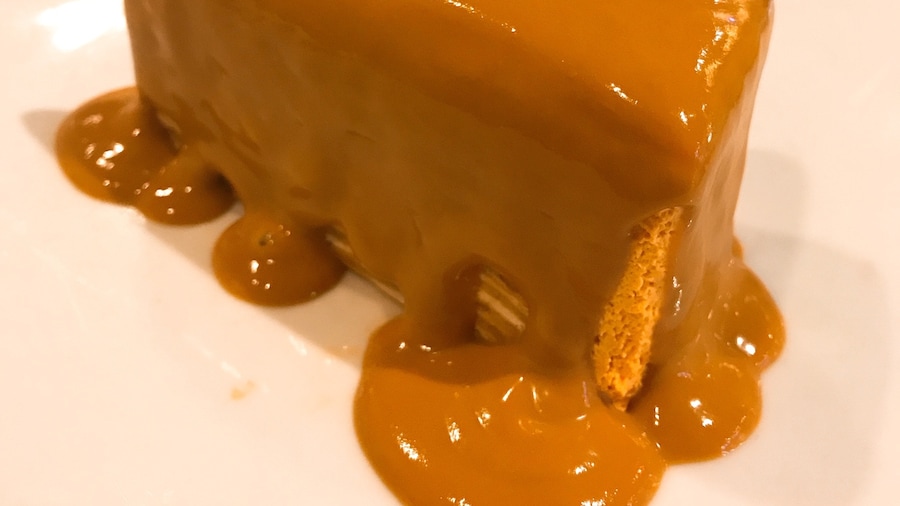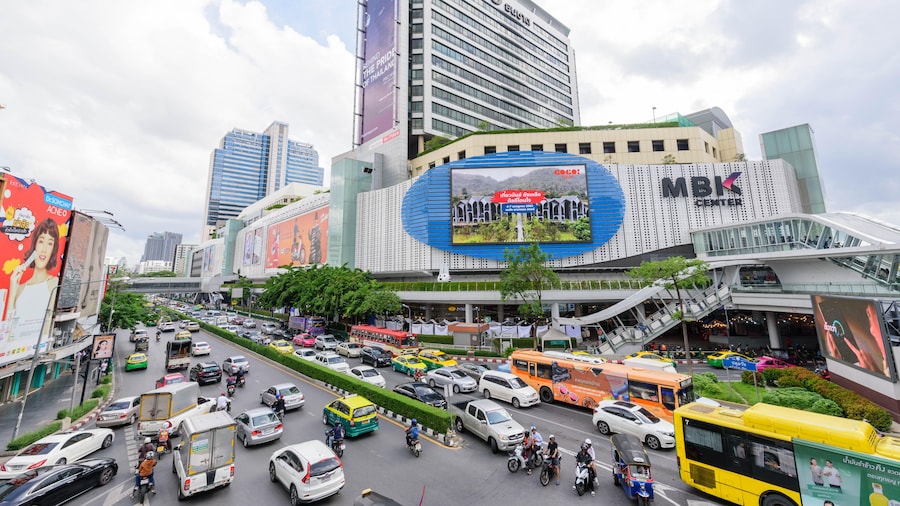The Western- and Eastern-influenced interiors of the Thai-style Jim Thompson house demonstrate its late owner’s knack for fusing opposite styles. Step into the foyer of the house-turned-museum and you immediately sense the exquisite eye for detail and nostalgic flair that defined this American architect, silk entrepreneur and art collector. In its jungle-like setting, the house is a hidden oasis in busy Bangkok.
James Harrison Wilson Thompson was born in Greenville, Delaware in 1906. He studied architecture, and then was sent to Thailand while serving in World War II. Seeing potential for business, he moved to Bangkok after the war. He resurrected the Thai silk trade, which earned him the Order of the White Elephant award for his exceptional service to Thailand. No one knows what happened to this legendary “farang,” the name that the Thai give to Westerners. When on holiday with friends in 1967, he disappeared in the highlands of Malaysia and was never seen again.
Thompson built the house in 1958 from teak. Using a Thai technique, he put the wood together without using nails. The building consists of six traditional Thai-style houses connected by curved roofs. The elevated first level and slightly leaning walls are typical elements of Thai architecture.
Fans of the eclectic will admire how Thompson skillfully combined statues of Buddha, Italian tiles and a Belgian chandelier. Browse the sculptures, antiques and Asian art to discover Thompson’s nostalgic side. Stroll past decorative hangings depicting various stages of Buddha’s life and visit the kitchen to admire fine Benjarong porcelain. Above the first level, visit the Jim Thompson Centre for Arts to see temporary exhibits. For a treat, the in-house restaurant with wine bar is open late and a shop sells items from the Jim Thompson silk company.
Jim Thompson House is opposite the National Stadium. You can get there by public transport, taxi or tuk-tuk. It is open daily and 35-minute tours are included in the admission price.
